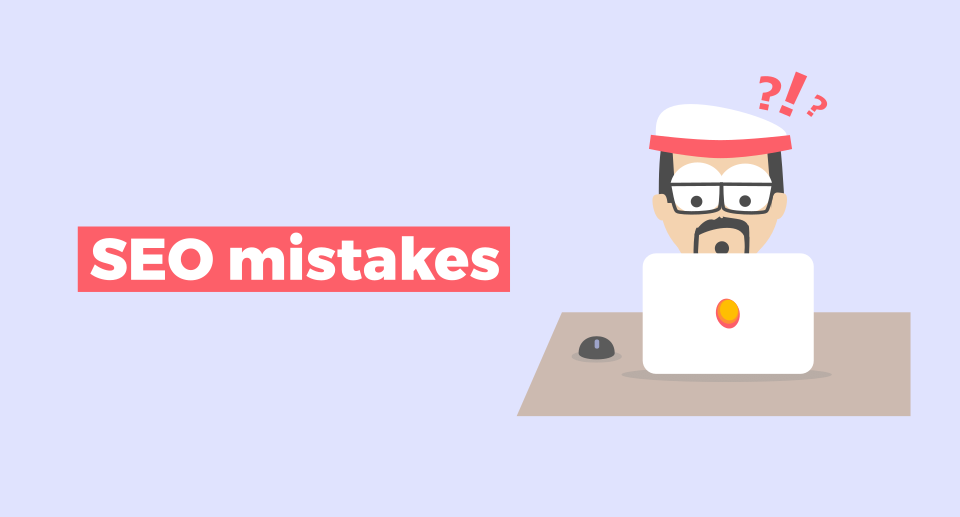SEO for E-commerce: How to Optimize Your Product Pages for Search Engines
- Generational Marketer

- May 7
- 4 min read

If you run an e-commerce store, you know how important it is to stand out in a crowded digital marketplace.
With so many online shops competing for attention, how can you ensure your product pages are not only found but also favored by search engines? The answer is simple: SEO (Search Engine Optimization).
Optimizing your product pages for search engines can increase your visibility, attract more customers, and ultimately, boost sales. But how do you optimize those pages to get the best results?
1. Start with Keyword Research: Know What Your
Customers Are Searching For

Before diving into technical details, it’s crucial to know which keywords your potential customers are using to find products like yours. This is where keyword research comes in.
Start by identifying the search terms related to your products. Use tools like Google Keyword Planner, SEMrush, or Ahrefs to discover high-volume, low-competition keywords that make sense for your product pages.
For example, if you’re selling organic skincare products, some of the keywords might include:
Organic face moisturizer
Best anti-aging cream
Natural skincare for sensitive skin
Once you’ve identified your target keywords, make sure to incorporate them naturally into your product titles, descriptions, and URLs.
2. Write Compelling and Detailed Product Descriptions

Search engines want to understand what your product is and how it benefits customers. That’s why product descriptions are one of the most important SEO elements of your page.
Avoid generic descriptions or simply listing features. Instead, focus on creating unique, informative, and engaging descriptions that help your customers understand why your product is the best choice.
Here are some tips for writing better product descriptions:
Include keywords: Naturally incorporate your target keywords in a way that makes sense for the customer.
Highlight benefits: Focus on how the product solves problems or improves the customer’s life.
Be specific: Include details like size, color, material, and any other factors that help differentiate your product from others.
Create a story: When possible, make the product come to life by describing how it fits into the customer’s life.
3. Optimize Your Product Images

People want to see what they’re buying, so your images need to be high-quality and properly optimized for SEO.
Here’s how to optimize your images:
Use descriptive file names: Instead of naming your image "IMG_1234.jpg," name it something descriptive like "organic-anti-aging-moisturizer.jpg."
Add alt text: Alt text is a short description of an image that helps search engines understand what the image is about. Use descriptive alt text that includes relevant keywords, but keep it natural.
Compress images: Large image files can slow down your site, which hurts your SEO. Use tools like TinyPNG or ImageOptim to compress your images without losing quality.
4. Ensure Your Product Pages Are Mobile-Friendly

In today’s world, most shopping happens on mobile devices. In fact, over 70% of e-commerce traffic now comes from mobile. This means your product pages need to be optimized for mobile users.
Here’s how you can make sure your site is mobile-friendly:
Responsive design: Your product pages should automatically adjust to any screen size, whether on a phone, tablet, or desktop.
Fast loading times: Mobile users are less patient, so ensure your pages load quickly by optimizing images and eliminating unnecessary scripts.
Simplified navigation: Make it easy for mobile users to browse products, add items to the cart, and checkout smoothly.
Google uses mobile-friendliness as a ranking factor, so having a mobile-optimized website can directly improve your SEO.
Price
Availability
Reviews
For example, instead of just showing a product title in search results, structured data might show the product name, its price, and the star rating.
This extra information can make your listing stand out, improve your click-through rates, and boost your rankings in the search results.
6. Encourage Customer Reviews and Ratings

Customer reviews don’t just provide social proof for your products, they also help with SEO.
Search engines like Google consider user-generated content (like reviews) as a trust signal. The more positive reviews you get, the better your product page will perform in search results.
Plus, reviews often include keywords that potential customers are searching for, which can boost your visibility.
Encourage happy customers to leave reviews and ratings by sending follow-up emails or offering incentives like discounts on future purchases.
7. Make Your Product Pages Easy to Navigate

SEO isn’t just about keywords and content; it’s also about the user experience. Google prioritizes sites that are easy to navigate, so ensuring that your product pages are well-organized and user-friendly is essential.
Here are a few ways to make your product pages more navigable:
Clear categories and filters: Help customers quickly find what they’re looking for by offering intuitive categories, filters, and search bars.
Breadcrumbs: These show users where they are on your website and make it easier to navigate back to other pages.
Related products: Display related products at the bottom of your product pages to keep customers engaged.
Final Thoughts
Optimizing your e-commerce product pages for SEO is an ongoing process that can significantly increase your visibility and sales. By focusing on keyword research, detailed product descriptions, mobile optimization, structured data, and user experience, you’ll set your product pages up for success in search rankings.
Start applying these tips today, and you’ll be on your way to not only getting more traffic to your site but also converting those visitors into loyal customers.






Comments